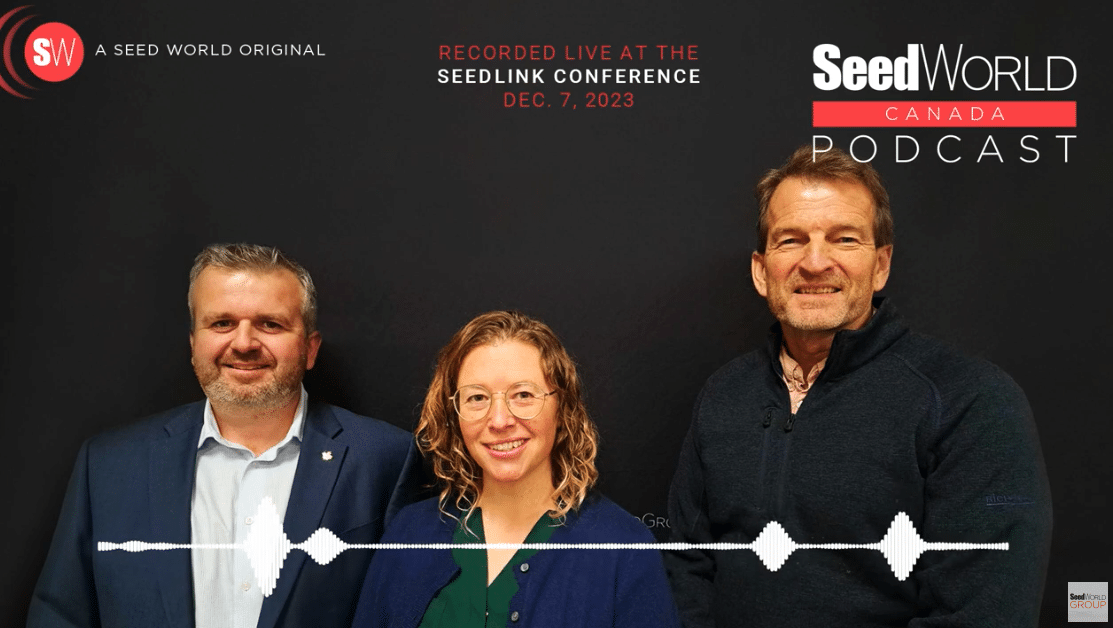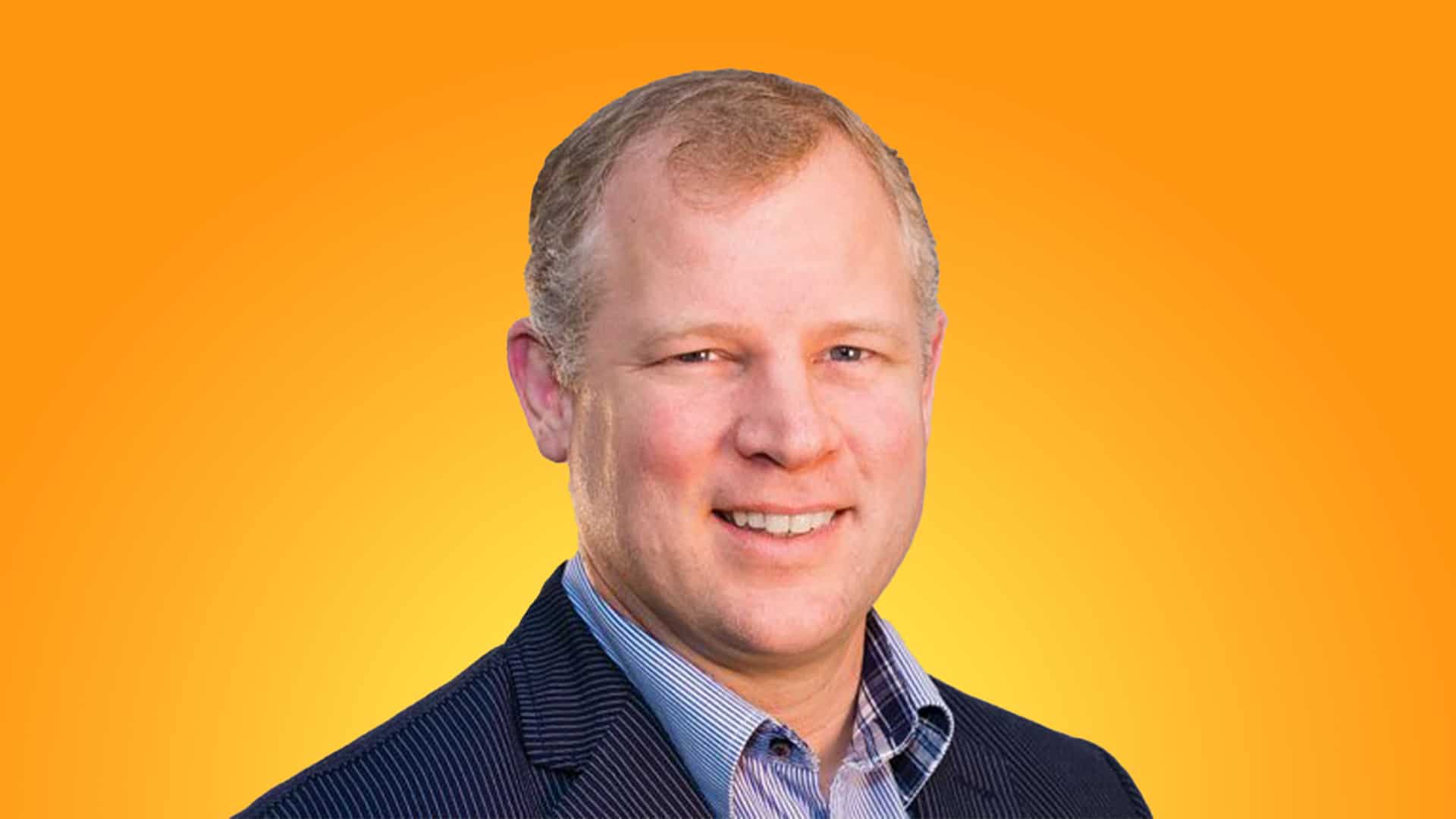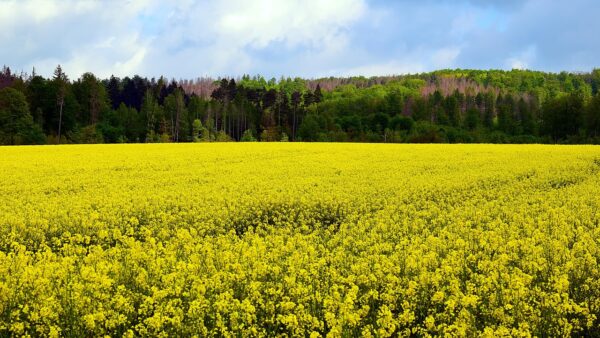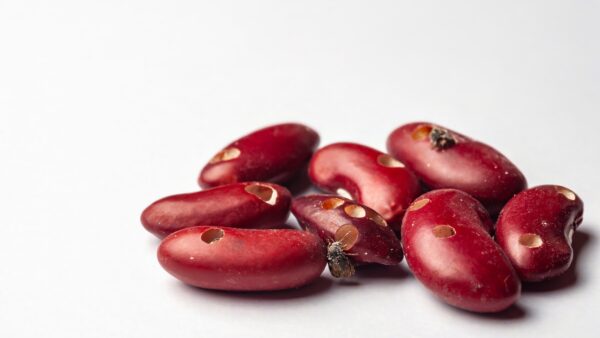_x000D_
NOTE: This story comes with an accompanying podcast — scroll to the bottom of the page to listen!_x000D_
The Canadian Seed Institute’s story is one of pragmatism and forward thinking. We take you back to its origins and shed some light on its importance today.
_x000D_
_x000D_
_x000D_
Christmas Eve of 1998 was a stressful one for Jim McCullagh. It was that day he met with the Canadian Food Inspection Agency’s Mike Scheffel — who’s now policy director for the Canadian Seed Growers’ Association (CSGA) — to sign a formal agreement that would officially allow the Canadian Seed Institute (CSI) to deliver accreditation and monitoring programs on the federal government’s behalf for the Canadian seed industry._x000D_
_x000D_
CSI had been founded the year prior._x000D_
_x000D_
“It was fairly nerve-wracking. You had to turn around and set up an organization that was going to stand up on its own two feet,” says McCullagh, who was CSI executive director at the time._x000D_
_x000D_
CSI is known today as a cornerstone of the Canadian seed industry, but it would not have become that had the federal government not been flexible on how oversight of the seed accreditation and monitoring activities could be delivered._x000D_
_x000D_
In the mid-1990s, CFIA undertook the broad initiative of reviewing its programs looking for opportunities for cost reduction and cost recovery, and looking to update its user fees. The delegation of the oversight of the registered seed establishments and accredited seed labs to the seed industry was one of the outcomes of that initiative._x000D_
_x000D_
“It was a costly and time-consuming role the government simply didn’t want to take on anymore,” says current CSI executive director Roy van Wyk. “Seed growers and the seed trade had many concerns with this outcome, one of their biggest being the fact that they didn’t want a group that didn’t understand the seed industry to begin to deliver that oversight activity. So they quickly began working together considering ideas about how the seed industry could assume this newly delegated responsibility.”_x000D_
_x000D_
Today, CSI has five major industry members — the CSGA, Canadian Seed Trade Association, Commercial Seed Analysts Association of Canada , Alberta Seed Processors and Quebec Conditioners. It has hundreds of clients, and is the single point of contact for all seed establishments, seed laboratories, operators and graders seeking registration, licensing or accreditation. Currently, CSI monitors approximately 1,000 Canadian seed establishments, authorized importers and accredited seed testing laboratories._x000D_
_x000D_
Its head office is located in Ottawa and it has two branch offices, one in Eastern Canada and one in Western Canada._x000D_
_x000D_
You can’t be an accredited seed testing lab, an authorized importer, an approved conditioner or an accredited bulk storage facility in Canada without being audited by CSI._x000D_
_x000D_
It’s a big responsibility, especially in the modern seed era._x000D_
_x000D_
“Certified seed is processed by the seed industry in what are essentially seed cleaning and processing factories. CSI’s oversight responsibilities begin after seed crops are certified by CSGA and the seed crops are in the bin. We make sure these facilities maintain the integrity of certified seed as it is cleaned, processed, packaged and labelled with one of CFIA’s official certified seed tags. It’s the ultimate identity preservation program,” van Wyk says._x000D_
_x000D_
“Seed varieties must be segregated and the processing equipment thoroughly cleaned as seed crops and varieties are changed to prevent contamination. We provide new seed establishments with a quality manual template that they can use as a guide to help set up their own quality manual and quality management systems. Our goal is to help the registered seed estbalishments be successful meeting the requirements of the Seeds Act and Seeds Regulations and ensure is handled, graded and labelled appropriately. We help the industry protect the integrity of certified seed so that seed labelled with the CFIA’s blue tag continues to be the symbol of quality to agricultural producers.”_x000D_
_x000D_
But despite having filled an important need that the industry was faced with back in the 1990s, CSI’s survival as an organization was far from guaranteed. There were only so many pedigreed seed facilities in Canada in need of its core services, and audits are only done every two years, and sometimes every four years. This drove its leadership to find new ways of earning revenue to keep CSI viable and relevant._x000D_
_x000D_
“We had a loan to pay back and needed revenue. We had to make sure the auditors that were being used to provide services to the industry were busy enough that they’d continue to think being an auditor for CSI was a viable career opportunity,” McCullagh says. “We knew that auditing seed establishments and labs would not be enough to keep everyone busy.”_x000D_
_x000D_
So, CSI has expanded into other areas that go beyond certified seed._x000D_
_x000D_
“Jim had a very sharp mind for ISO and quality management systems, and it came to him instinctively. Around 2001, he started working with the Canadian Grain Commission to help them develop a quality management and food safety system for the grain handling industry in Canada, and they were very successful in developing the identity preservation and food safety programs delivered today,” van Wyk notes._x000D_
_x000D_
“Our own auditors are delivering those programs as well today. As things began to progress and the CSI board saw these other agriculture services helped to round off CSI’s business, they began to add on other programs. We looked beyond seed into all agriculture in Canada in trying to deliver cost effective auditing and inspection services.”_x000D_
_x000D_
In 2003, CSI started delivering inspection services for the organic food industry in Canada, driven by clients selling seed into Europe._x000D_
_x000D_
Today, CSI is more relevant than ever, according to McCullagh._x000D_
_x000D_
“The culture at CSI is one of constant environmental scanning to identify new opportunities that come forward for it to use its assets in different industry sectors,” he says._x000D_
_x000D_
For van Wyk, CSI’s role is a fundamental one that will only become more important in a market-driven industry that’s becoming increasingly competitive with other nations._x000D_
_x000D_
“We’re at an interesting time for the seed industry. Alternative service delivery of seed crop inspection may be the straw that broke the camel’s back. It added an extra layer of cost to the industry and got everyone talking more about reducing the costs of seed crop production and seed certification,” van Wyk says._x000D_
_x000D_
“How can we make seed certification more cost effective in Canada and still maintain quality and international recognition of being a leader in seed certification? I think the CSI model is very relevant. Our membership and board represent a broad spectrum of the seed industry and the services we deliver are affordable and cost effective by design. We are certainly a model to look at as we consider future changes in the seed industry.”_x000D_
_x000D_
—The Past, Present, Future series examines each of our sector’s six representative groups over the next several months to offer insight into why they were founded, what they do, and the role they expect to play in the future.













